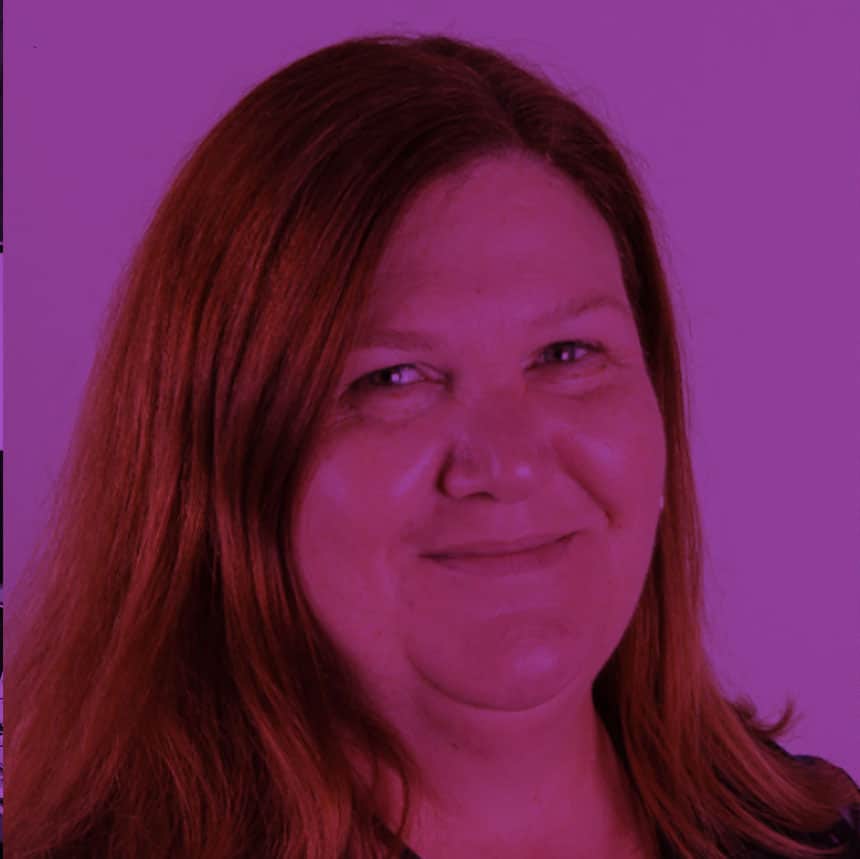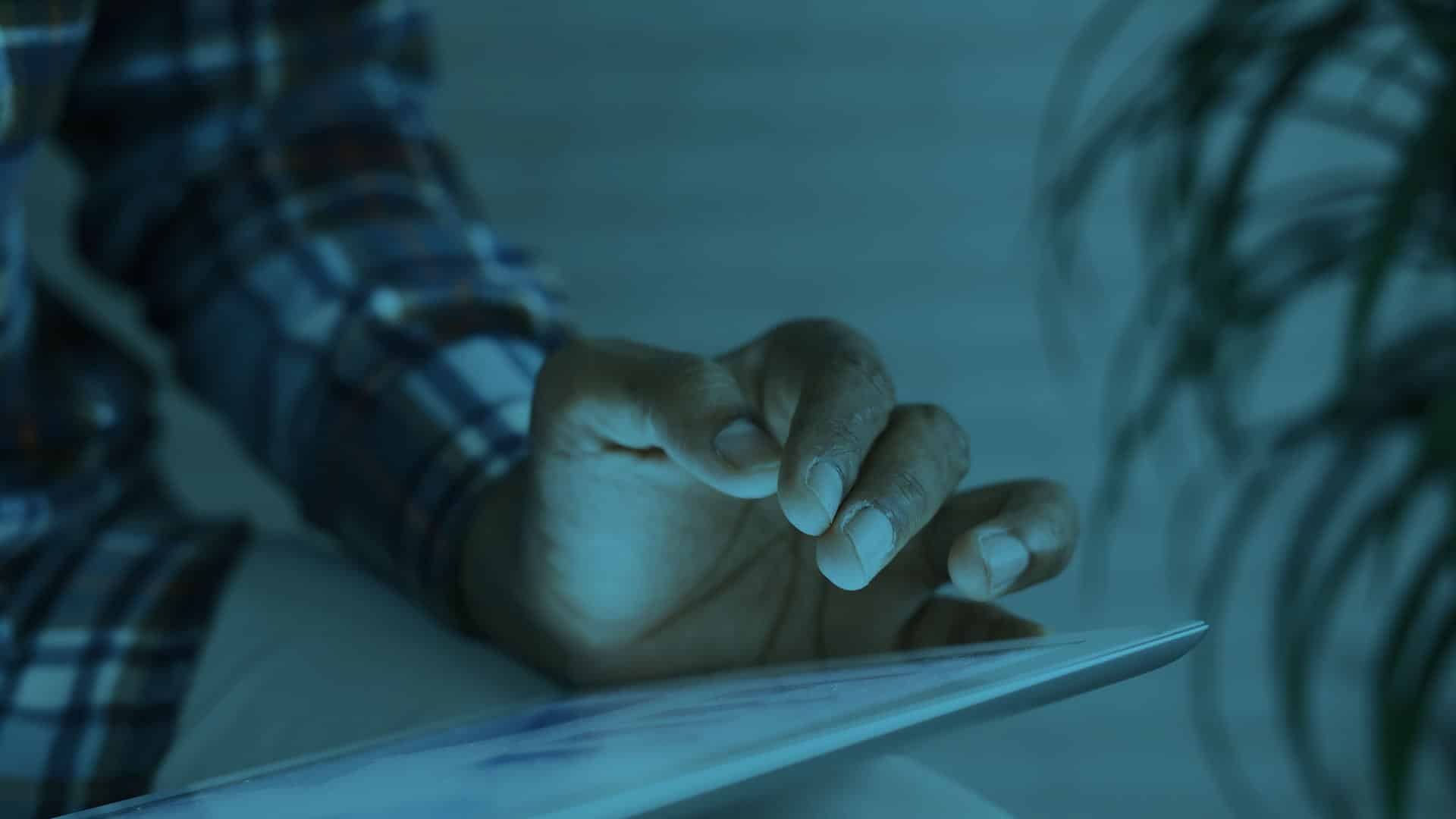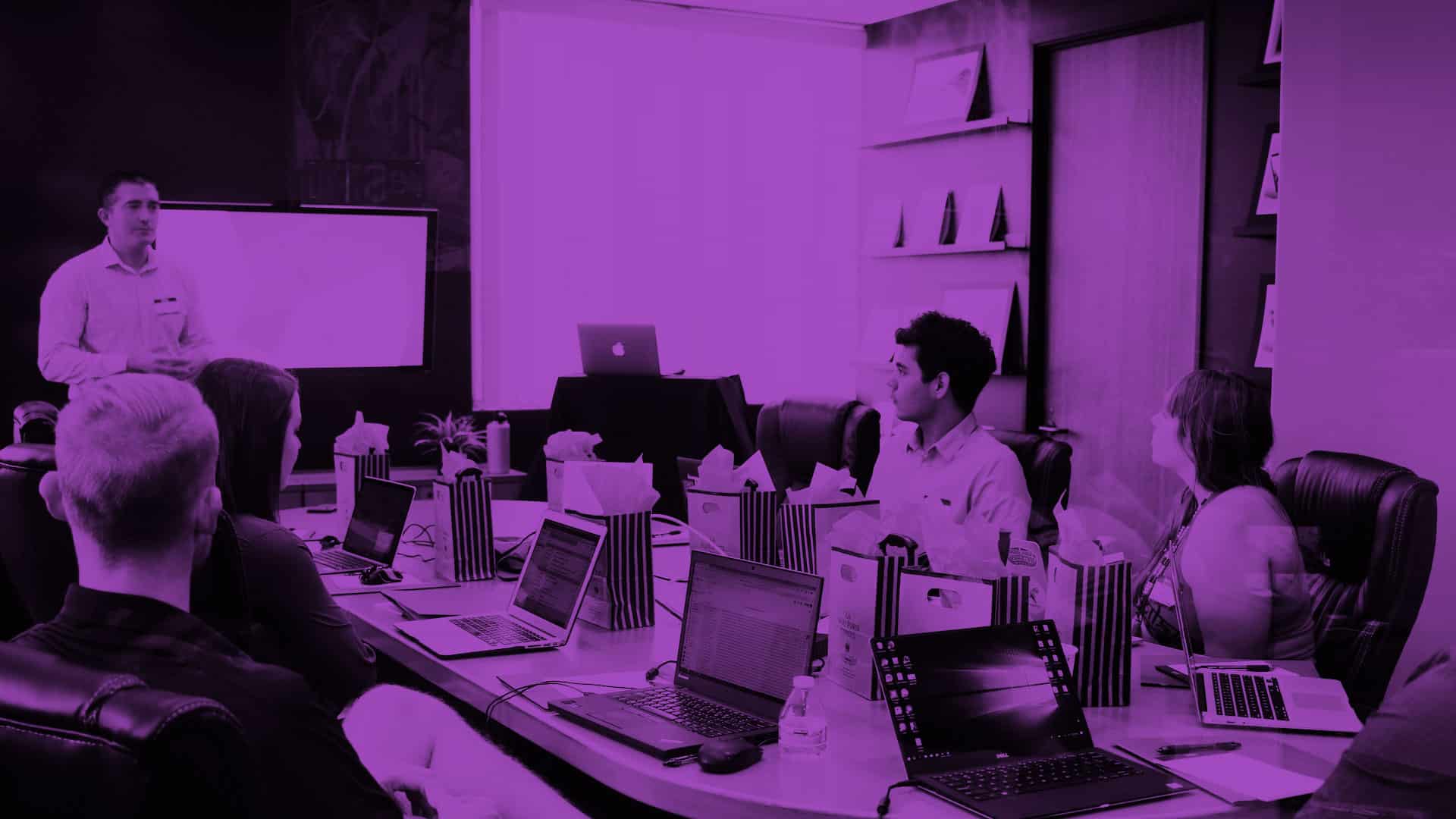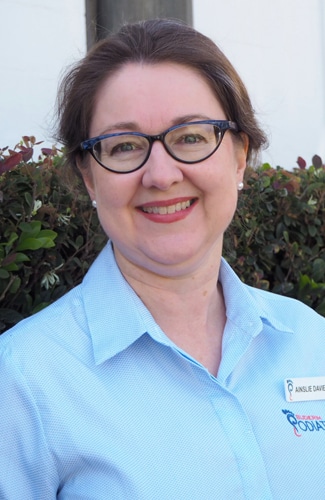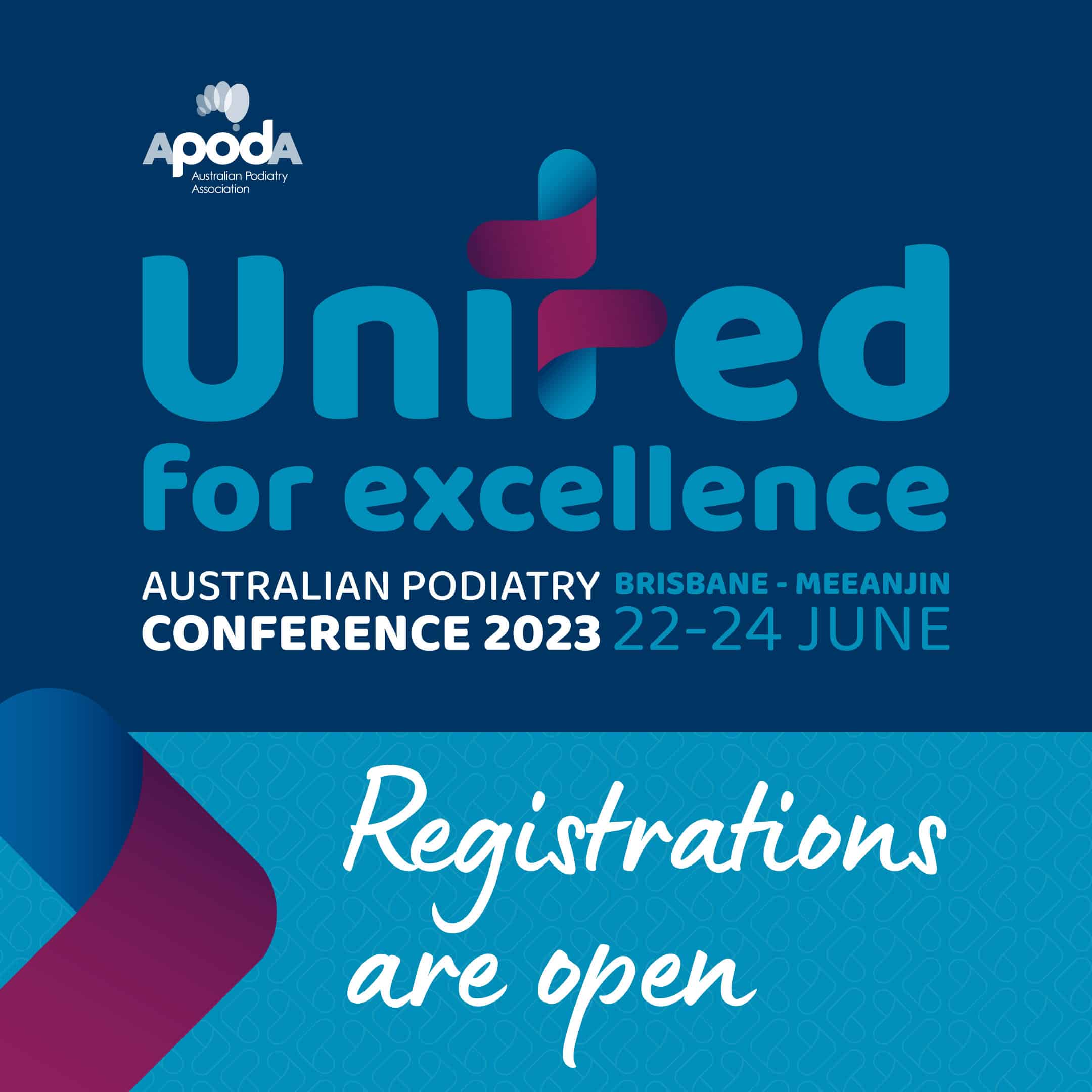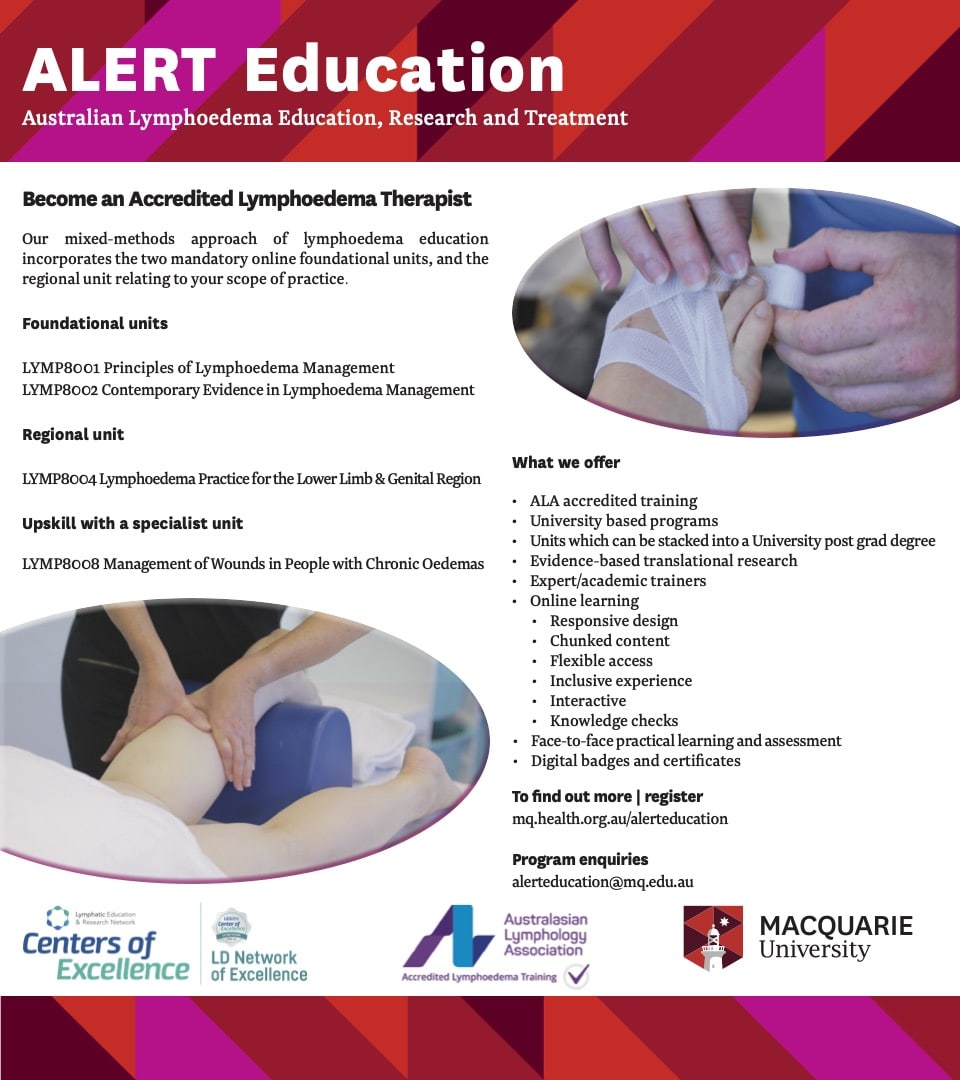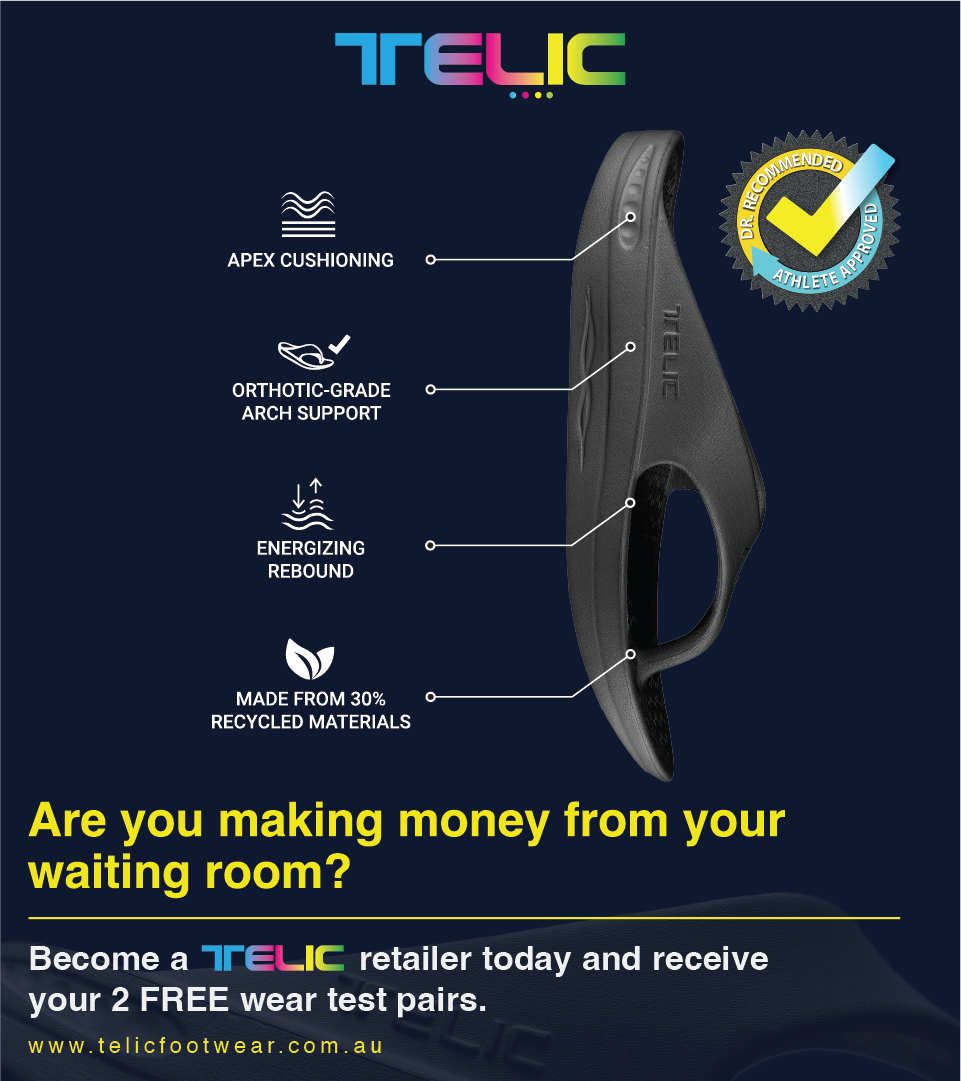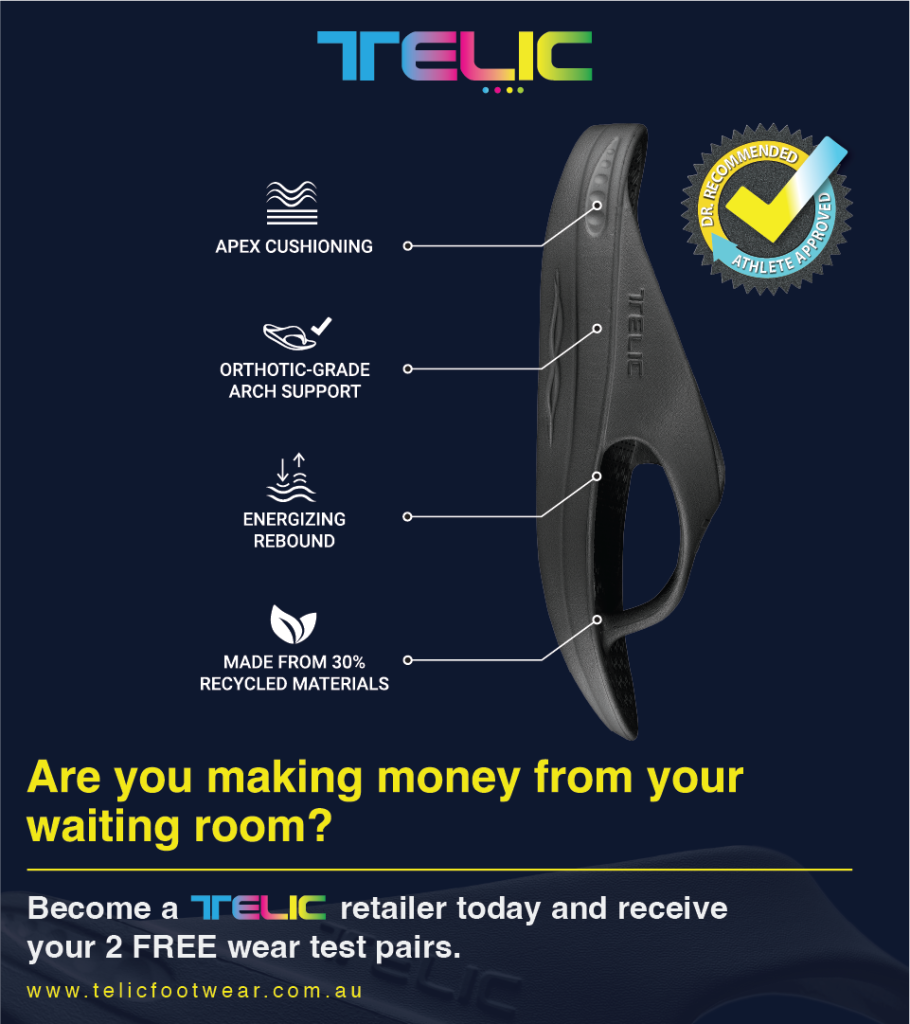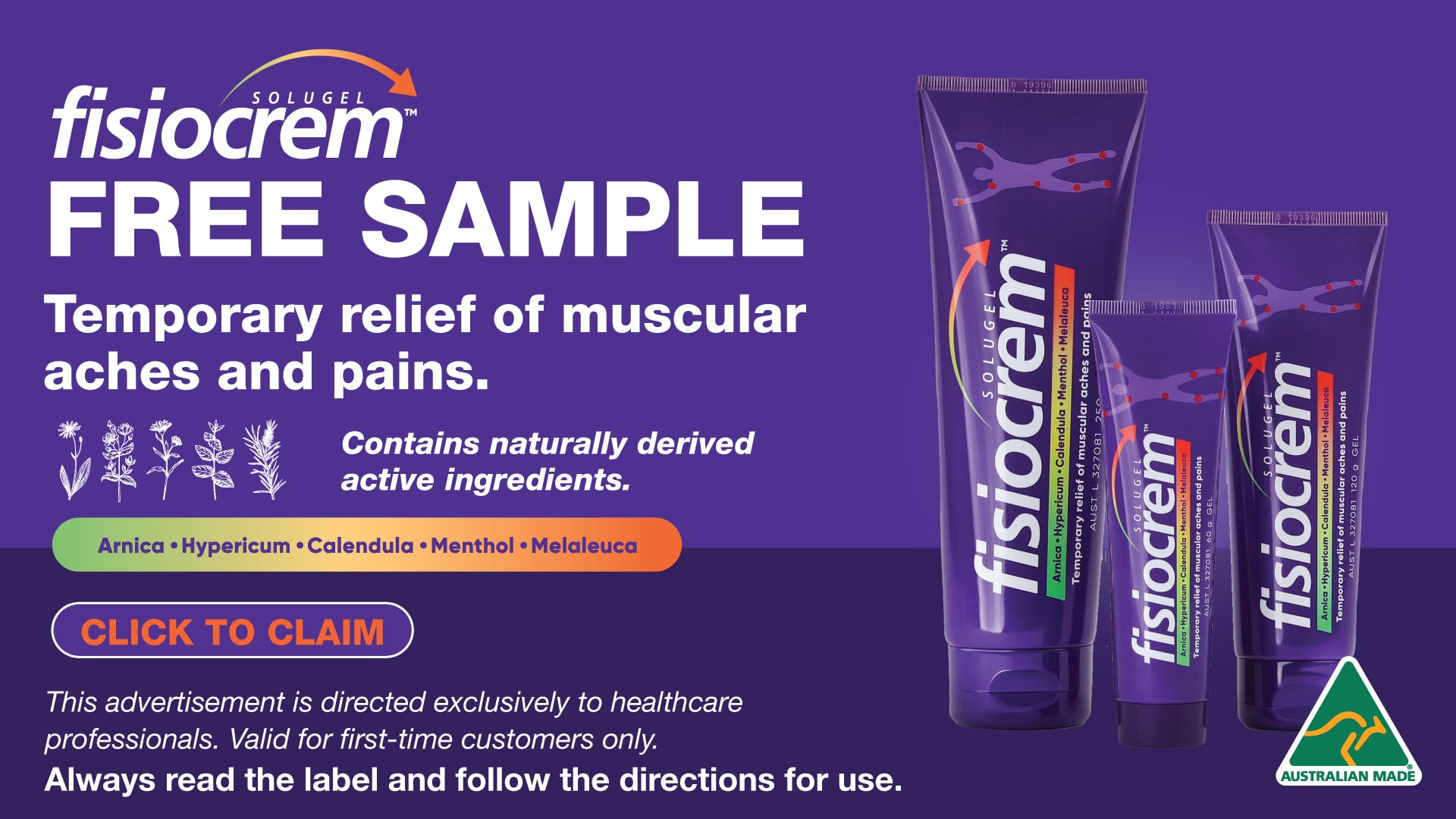
Putting sustainability into your practice
Are you a podiatrist who wants to be more sustainable at work? Here are some areas to focus on.
#1 Reduce & reuse
Reduce your energy consumption:
- Turn off lights and equipment when not in use.
- Switch to energy-efficient light bulbs and appliances.
- Use natural lighting where possible.
Reduce your paper usage:
- Switch to electronic health records and other digital documentation systems (such as practice management software).
- Use recycled paper for printing.
- Provide patients with electronic versions of patient education materials.
How to reduce waste:
- Implement a recycling program (see below).
- Consider using reusable items where possible.
- Search for environmentally-friendly PPE products where possible.
#2 Educate and relate
Consider encouraging your patients to do the following:
- Bring their own reusable water bottle: Instead of using disposable cups, patients could bring their own reusable water bottle to refill during their visit.
- Bring their own bag: If a patient needs to take any materials home, they can bring their own reusable bag to reduce the use of plastic bags.
- Use electronic resources: Where possible, patients can use digital patient forms, e-brochures, or online educational material.
- Carpool, bike or use public transportation: Encourage your patients to consider carpooling, biking, or using public transport to get to and from their appointment.
- Respect the recycling program in place: Explain how your recycling program works, and what patients can do to support it.
#3 Recycle, recycle, recycle
Are looking to set up a recycling program in your clinic? Then look no further.
…Have you considered?
- Paper recycling: To dispose of paper waste (including used patient information sheets, medical records, and cardboard boxes).
- Plastic recycling: To dispose of plastic waste and plastic packaging.
- Battery recycling: To dispose of batteries used in medical equipment, including lithium-ion and lead-acid batteries.
- Printer cartridge recycling: To dispose of ink and toner cartridges used in office equipment, including printers and copiers.
- E-waste recycling: To dispose of electronic waste, including old computers, mobile phones, and other electronic devices.
- Medical equipment recycling: To dispose of equipment that is no longer in use.
Where to recycle?
Australian recycling programs are often managed by state and territory governments, so the specific regulations and guidelines may vary depending on where you work. To find out where to recycle specific items, a good first step is to refer to your local council or state government waste management entities.
If you are a member of the APodA, we can help look into this for you.
In the meantime, the Recycling Near You program offers an Australia-wide resource with information on recycling programs for specific items such as printer cartridges and electronic waste.
Are you a member of APodA with a great example of sustainability in your clinic to share? Get in touch.
Want to learn more about Green Podiatry? Read the paper and access more tips.
AD
A proud STRIDE advertiser
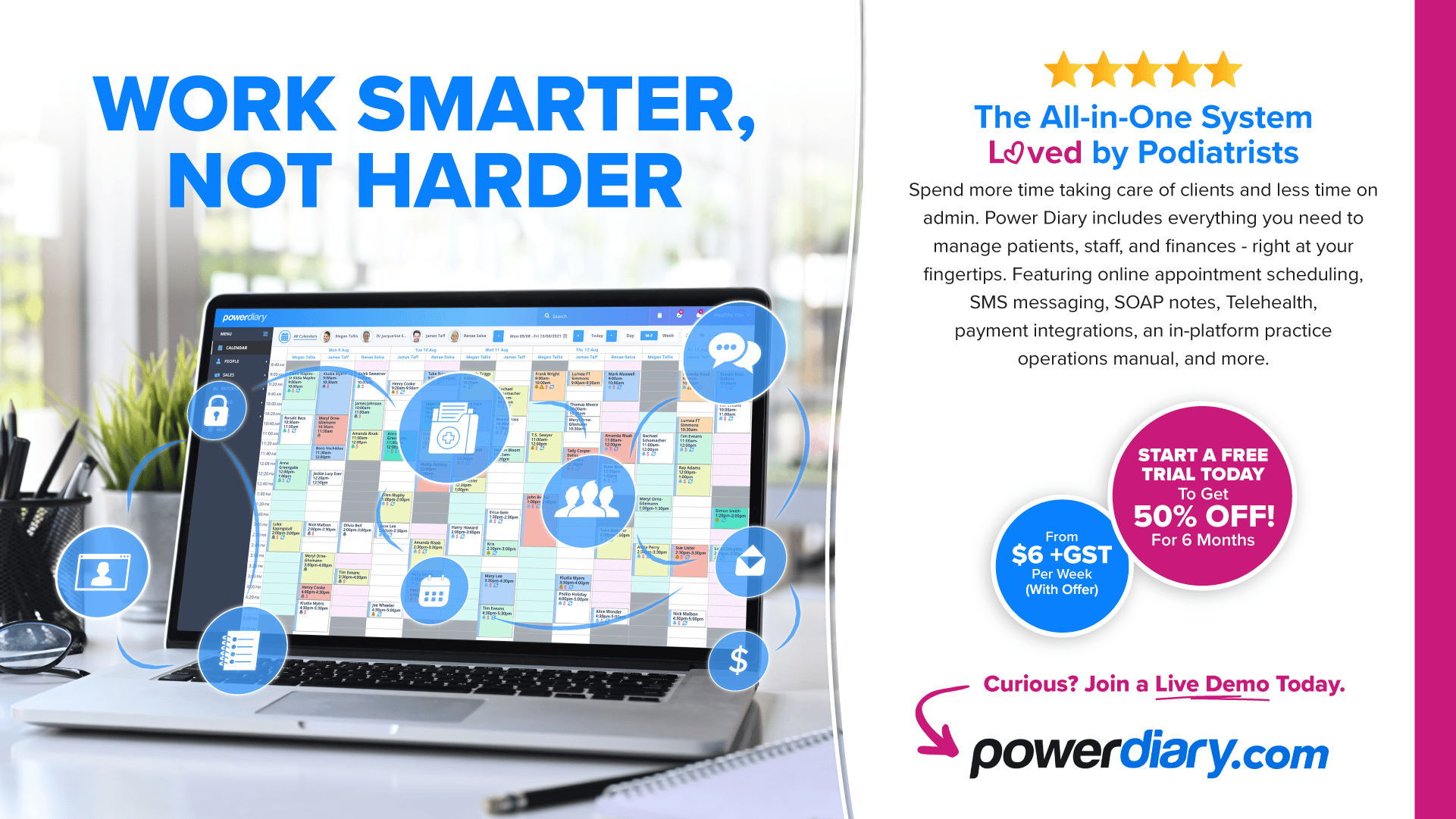
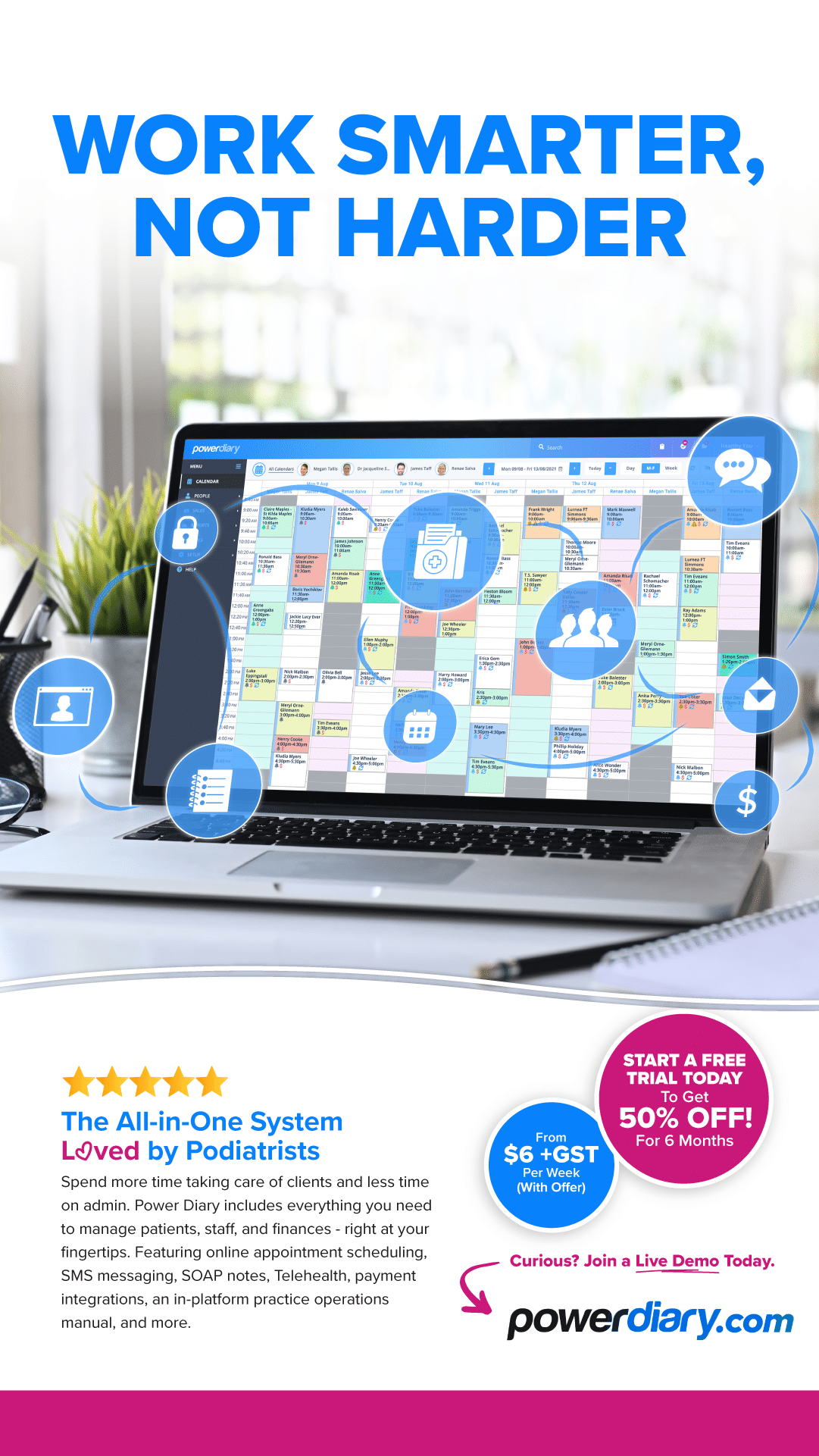
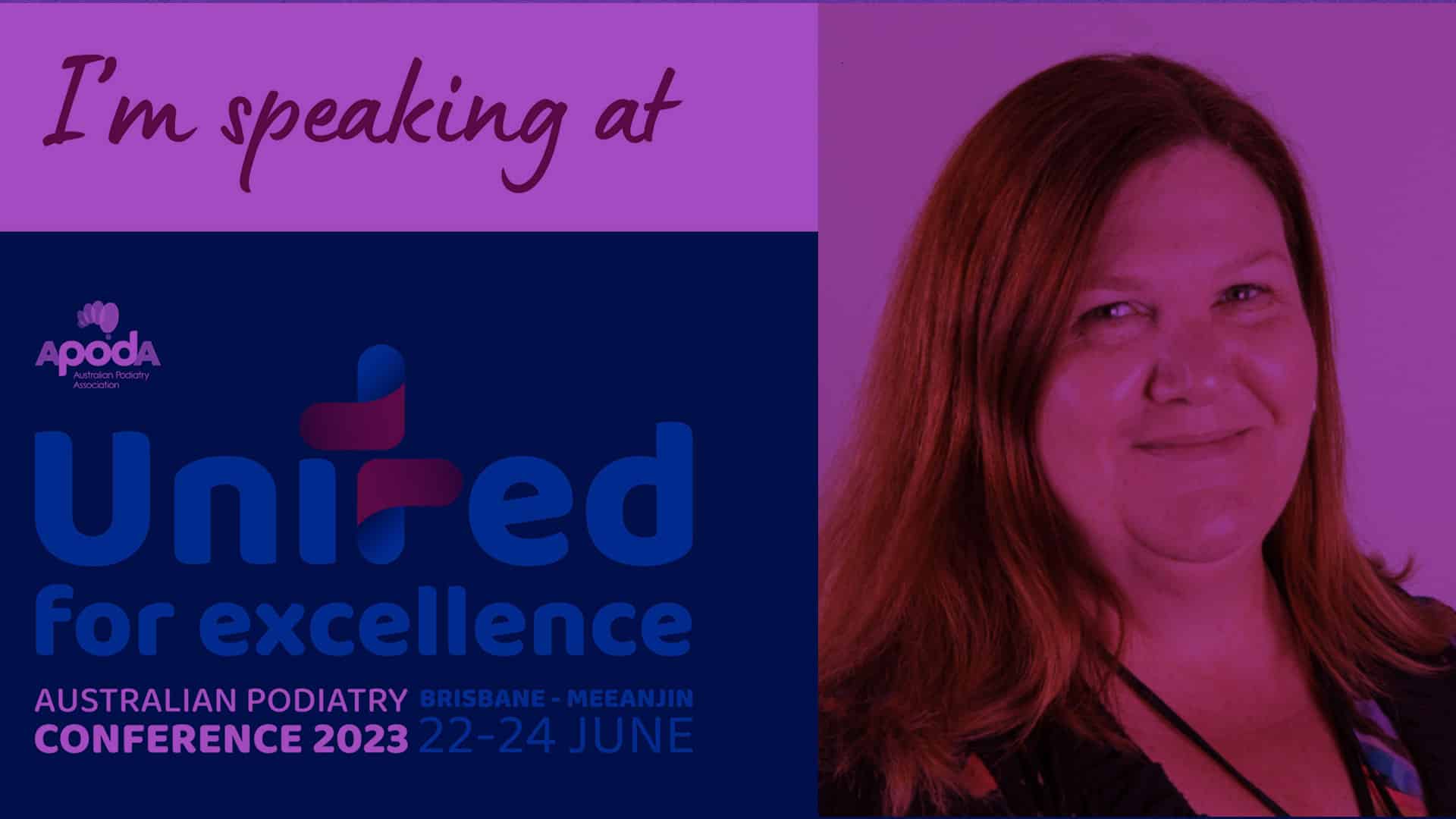
Meet our upcoming speaker: Dr Helen Banwell
In this Q+A series, we interview a diverse range of speakers who are scheduled to speak at the Australian Podiatry Conference, which takes place in Brisbane between 22 to 24 June, 2023.
Here, we introduce Dr. Helen Banwell, a Senior Lecturer in Podiatry at the University of South Australia who shares her expertise on the impact of podiatry interventions on gross motor skills in children. Dr Banwell also shares practical tips on using validated and reliable balance, endurance and other gross motor skill assessments that can easily be integrated into practice.
What is your presentation and workshop about?
My presentation, Measuring the Impact of Podiatry Interventions on Gross Motor Skills in Children, will cover two parts. Firstly, a recent study where we used valid and reliable gross motor skills assessments to identify the efficacy of texture insole use in children with motor coordination issues. Secondly, it looks at how podiatrists can use these motor skills assessments to quantify clients’ abilities during physical tasks and the effectiveness of podiatry interventions.
My workshop, Practical Skills and Application of Assessing Balance, Endurance, and Other Gross Motor Skills in Children, builds on this presentation. It provides practical tips and demonstrations on using validated and reliable balance, endurance, and other gross motor skill assessments that can easily and quickly be integrated into practice.
Can you share why you are so passionate about gross motor assessment?
Gross motor assessment can be a valuable tool in quantifying a client’s abilities and potential where motor skill concerns are observed. I began including gross motor skill assessments for these children approximately five years ago to identify a child’s potential, and as indicators of impact from any intervention prescribed.
While many podiatrists may not want to conduct a full battery of gross motor tests, there are simple age-appropriate balance and coordination assessments that can be applied within minutes. I’m excited to pass on some simple tips on how these tests can be incorporated into standard paediatric based consults.
Gross motor skill testing only requires adequate training (such as what I am offering at this conference) and the ability to follow protocols. Using individual domains or the entire battery of validated resources such as the Movement Assessment Battery for Children Second edition (Movement ABC-2) indicates to us and parents and carers where a child sits in relation to their peers (e.g., in percentiles). This encourages realistic goal setting and targeted management strategies. It also assists in alerting us when a referral to other health professionals may be beneficial or required. I frequently use the Movement ABC-2 battery of tests in my clinical work and research for identifying the presence and severity of Developmental Coordination Disorder.
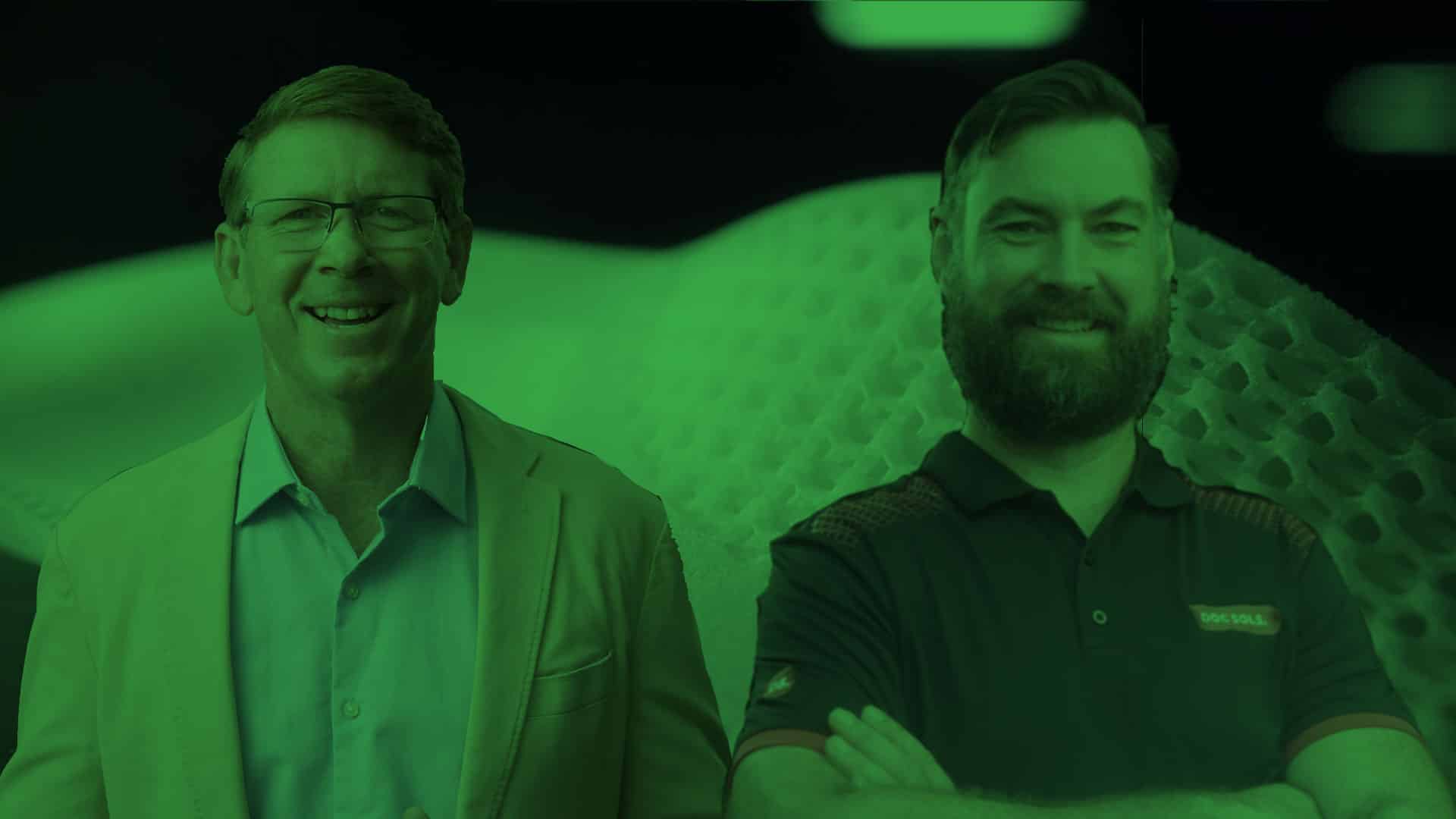
Doc Sols: The next generation in orthotic design and manufacture
In this sponsored content series, we interview the Australian Podiatry Conference sponsors. The conference is taking place in Brisbane between 22 to 24 June, 2023. This month, we spoke to Travis Eadie and Nathan Eadie, founders of Doc Sols.
Travis Eadie and Nathan Eadie are the co-founders of Doc Sols, which – according to the proud directors – is “set to revolutionise the world of orthotics”.
Here’s more background on the technology:
- Doc Sols’ free app enables podiatrists to capture scans, analyse and design with the aid of the Dset portal (Doc Sols Eye Technology), which is Doc Sols’ artificial intelligence software.
- This AI computer technology allows podiatrists to assess and interpret biomechanical measurements. It’s never been easier to prescribe orthotics and it can open the door to a wealth of opportunities for a podiatrist’s practice.
- Doc Sols software utilises lattice structures in 3D printed digital foam (TPU). In-house software integrates seamlessly with a state-of-the-art printing platform to produce, “the most prescriptive orthotic in the market”, says Travis.
Travis shares his thoughts on the potential impact of this technology. “Doc Sols is a world-first and the leader in advanced orthotic delivery and design, making it a game-changer in the field of podiatry,” he explains.
“Doc Sols is a company that is changing the way podiatrists prescribe orthotics,” agrees co-founder Nathan. “The company provides support every step of the way, and with our progressive printing platform, podiatrists can be confident in the quality of their orthotics.”
To learn more about Doc Sols, visit their website or email Travis Eadie at travis@docsols.com.au.
Or learn more at the upcoming Australian Podiatry Conference in Brisbane, where Doc Sols will connect with the wider podiatry community.
AD

On-line CPD in your own time!
Interested in doing some more continuing professional development? Here’s an online option to consider in addition to APodA’s growing range of e-courses.
You want continuing professional development (CPD) to take place when it suits you – and this Plantar Pressure Analysis e-course, developed by Paul Graham, is designed with you in mind. Upon completion, you will have acquired three hours of CPD.
Spanning seven modules, each 15-minute module builds on from the previous module to cover the analysis of clinical plantar pressure and physical musculoskeletal examination. The outcome provides clear direction on the diagnosis and treatment of gait dysfunction.
You will learn more about plantar pressure data, which tells you what is happening in your patients’ feet, based on their steps. This data can reveal which systems are interacting to provide insights into the weight-bearing trajectory through each foot.
The role of a musculoskeletal examination in identifying foot dysfunction is also explored, as seen in the plantar pressure analysis. This includes analysis of:
- the pathway or trajectory of body weight through the legs and feet into the ground
- how the body compensates, and;
- any secondary adaptations that have occurred through dysfunction.
In this e-course, analysis of clinical plantar pressure and a patient’s physical musculoskeletal examination combines to provide you with a clear direction for the diagnosis and treatment of gait dysfunction.
How this e-course can help
From covering the biomechanical principles of force, through to how the body manages these forces and their effect on foot function – right through to understanding different types of plantar pressure systems and the benefits of pressure analysis – there is a lot to gain from taking this course.
The good news is that if you are an APodA member, this course is significantly reduced for you.
Sign up now
The Plantar Pressure Analysis e-course is ready when you are.
The Strengthening Medicare Taskforce report in focus
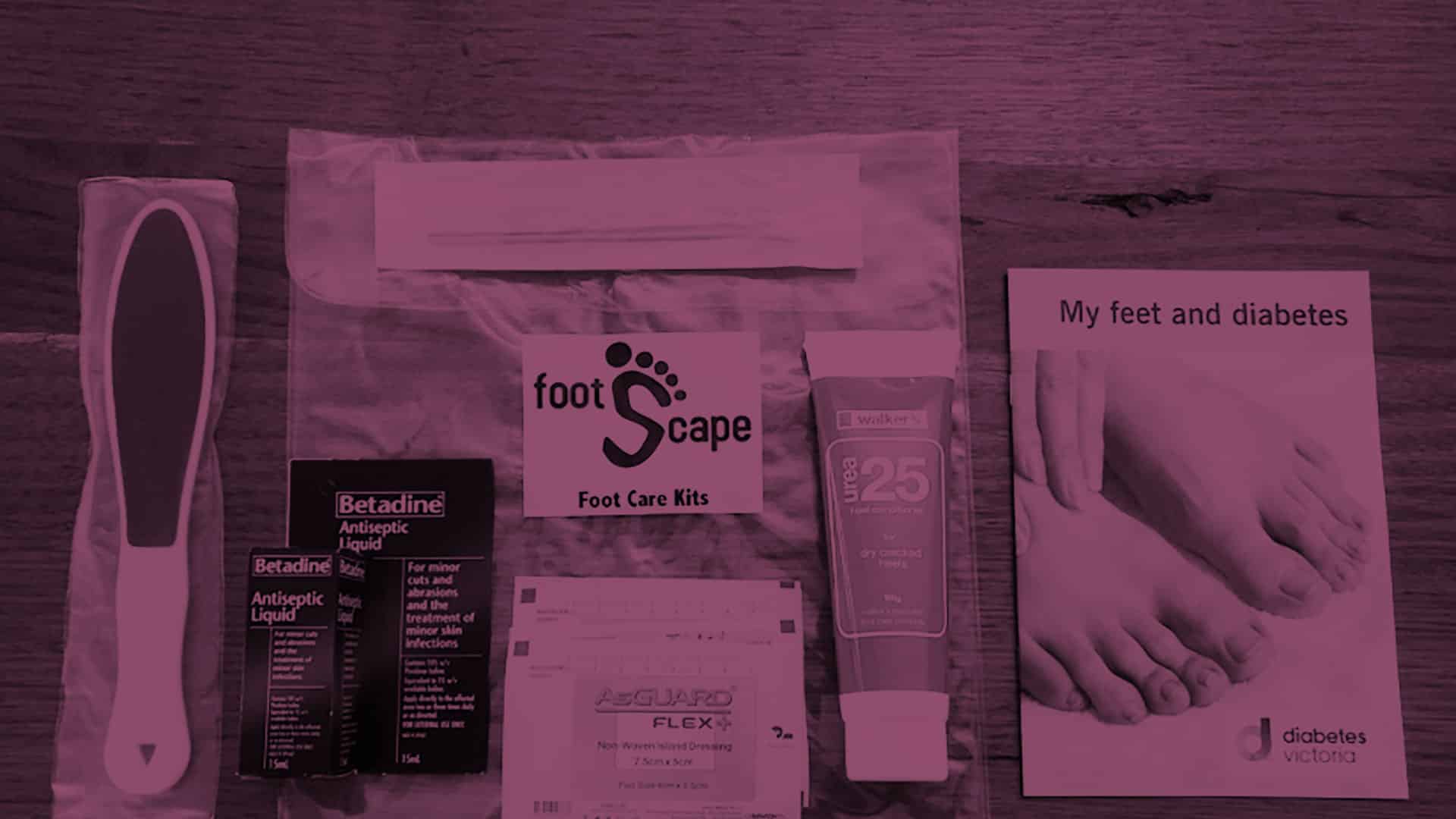
Can you help Footscape find a new home?

The charity Footscape works so hard to help people who experience disadvantage. Now they need to find a new headquarters. Can you help?
Since 2013 Footscape has been sourcing and distributing podiatry material aid items to people experiencing homelessness, children experiencing financial disadvantage, asylum seekers, First Nations persons and people experiencing domestic violence.
Over time our charity has grown to support thousands of individuals experiencing disadvantage each year. This has been achieved through sharing essential items such as footwear, socks, foot care kits and orthotic devices that promote foot health.
In search of a new home
However, after four wonderful years at the Rosanna Hall, it is time for Footscape to move to a new home.
Can you help us find one?
Our Rosanna headquarters has enabled us to provide the essential services we do. However, we have been advised by our landlords that the property is now on the market and that we should prepare to vacate during 2023. I’d like to take this opportunity to thank St Andrew’s for supporting our small yet mighty charity with affordable rent for the past four years. We are eternally grateful.
We have been searching for a new location in Melbourne’s northern suburbs and surrounding council areas. However, commercial properties are in high demand with high rents. The rising cost of living has had a huge impact on everyone, and Footscape is not exempt.
Our ask
We are calling on our wonderful community of supporters to please help spread the word in the hope we can find a new home at a charitable rate. Our new home can be cosy, as small as 150sqm, including suitable office space. We will have a duty to care for our small team and incredible volunteers, to ensure that the warehouse is safe and comfortable.
We hope there is a person – or a group of people – in the community who can give us a new home, or point us in the direction of someone who can. Our preference is the northern suburbs of Melbourne as this is where our committed volunteer base is. However, Footscape remains open to exploring all available opportunities. If you’re able to help, please get in touch. We are also open to opportunities to co-locate with like-minded social welfare, community or environmental organisations.
Able to help? If you can offer any help or have some ideas, contact Footscape.


